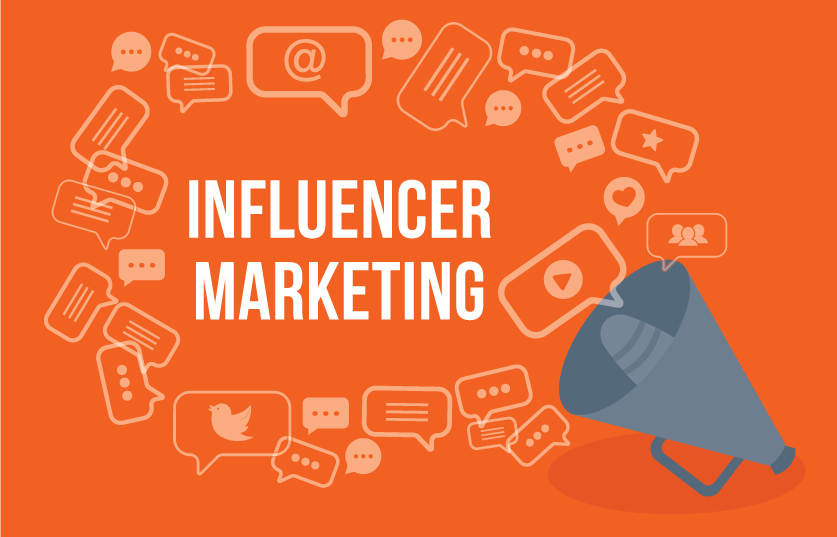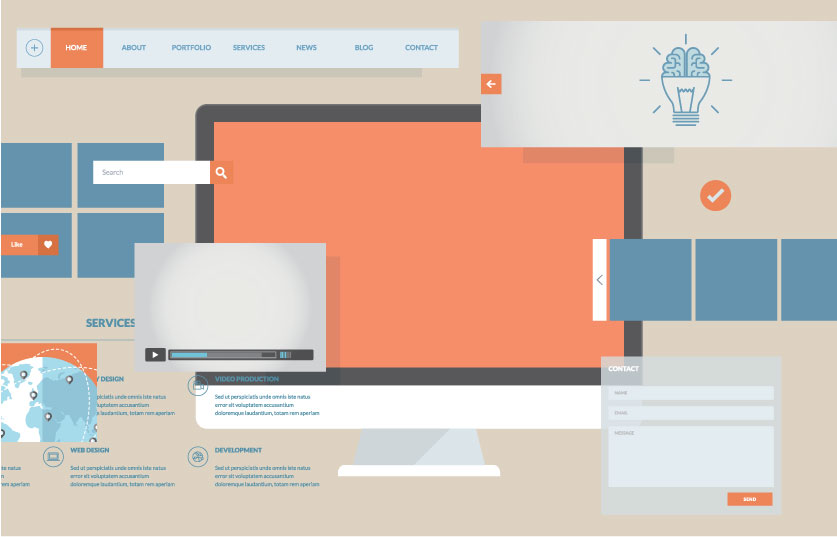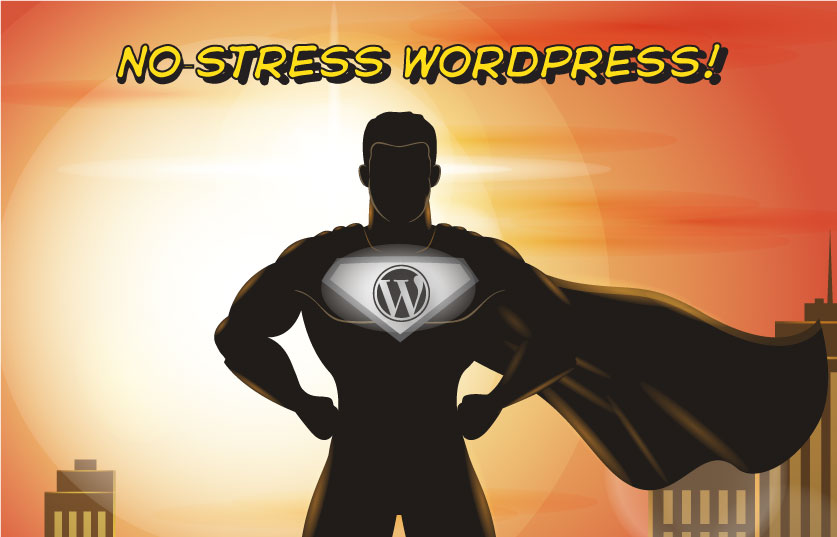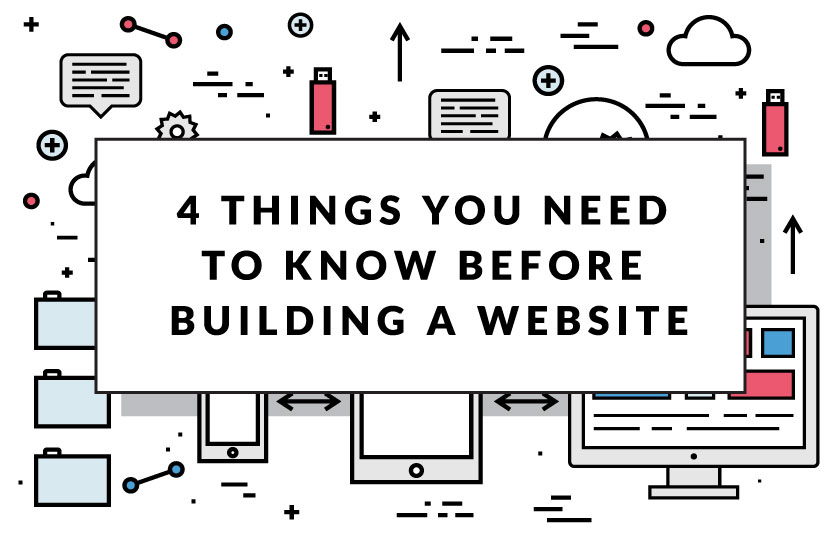
Influencer marketing: a key component of business and sales which has been around for a very long time, is slowly evolving into a much more accessible platform due to the emergence of social media. Typical influencer marketing is the process of targeting key customer influencers, and hiring them as advocates for your business. This marketing avenue selects specific individuals that are influential towards the focal business’s target market.
The Good
Often, key influencers have an extremely broad reach, as well as creative campaigns that drive sales and benefit both your business and theirs. When working with an influencer that shares values and interests with your brand, you are directly communicating with a relevant audience that shares similar interests with your brand as well. Additionally, influencer marketing has a positive effect on your SEO, the more links that are shared for your website, the better your SEO becomes. Established influencers have been around for quite a while, so partnerships can not only boost ROI, but also boost the credibility of your brand. If viewers or followers believe in their influencers and trust their opinion, endorsements of your brand will not be taken lightly. Finally, influencer marketing’s most profitable benefit: it requires little work on your part. That’s right, when you sign up to partner with an influencer, the campaigns, man hours, and dedication to promote your product are mostly on their end. Of course, your responsibility continues to be micromanaging the campaign remotely, but with an influencer, you can remain out of the spotlight, while your ambassador promotes your brand for you.
The Bad
Influencer marketing’s main criticism is the risk involved in selecting the right influencer. Unfortunately, there is an opportunity for error in picking the ideal influencer, and given the nature of mass media, unless your product or service directly correlates with the values and purpose of your influencer’s channel, page, or feed, you will be reaching out to a sizeable audience that might not care for your business at all. This being said, the problem can be eliminated or the risk may be reduced through heavy research and strategizing prior to launching your campaign. The good news is that Web Toaster’s team of marketing and brand specialists are fully equipped to handle your business’s influencer marketing all on our own! Rapidly expand your brand through influencers in any medium, including (but not limited to) Twitter, Facebook, Youtube, and Instagram.
The Bottom Line
All things considered, influencer marketing is the way of the future. Given how accessible the internet is, social media has allowed us to leverage the popularity and influence of individuals all over the world, and use them as a marketing outlet. This process not only benefits you as a business, but a strong relationship will have a positive outcome for your influencer as well. Despite the arduous research and strategizing, influencer marketing can result in a very high ROI if implemented correctly, and Web Toaster would love to help you get started today!











